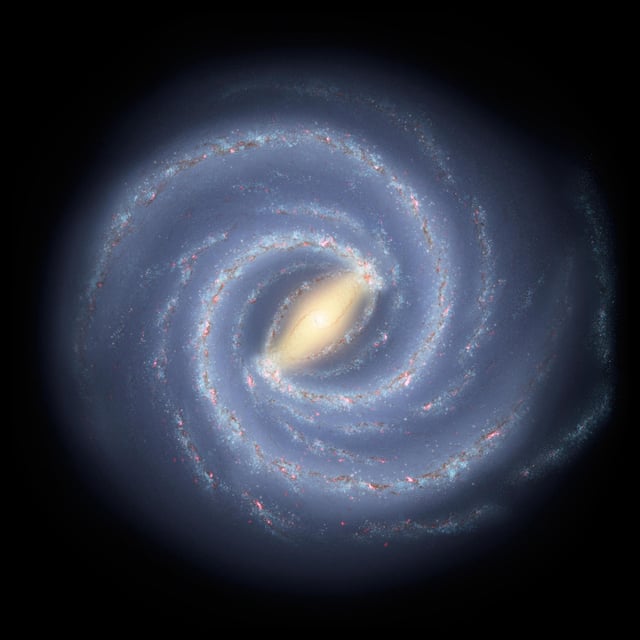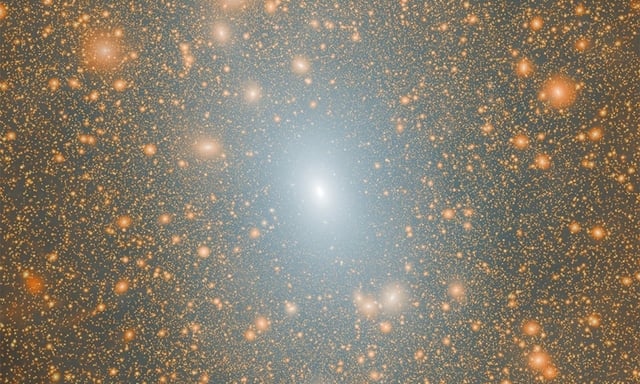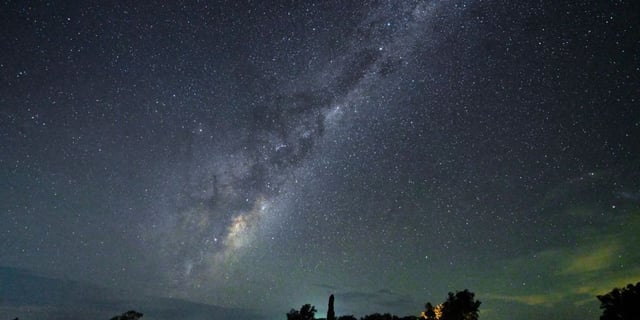Overview
- Durham University researchers formally published and presented findings to the Royal Astronomical Society on July 11 forecasting 80 to 100 additional satellites beyond the roughly 60 known companions.
- The study integrates the Aquarius high-resolution dark matter simulations with the GALFORM analytical model to recover faint galaxies stripped of their halos that standard simulations miss.
- These “orphan” satellites help resolve the long-standing discrepancy between observed Milky Way companions and predictions of the Lambda Cold Dark Matter framework.
- Observational teams are already applying the published predictions as benchmarks for current sky surveys and data analysis.
- The Rubin Observatory LSST’s first light this month sets the stage for direct detection of these elusive galaxies and crucial tests of the LCDM model.


